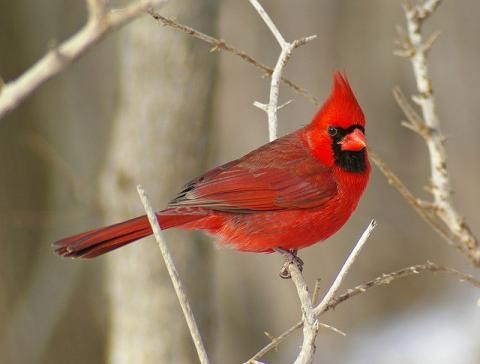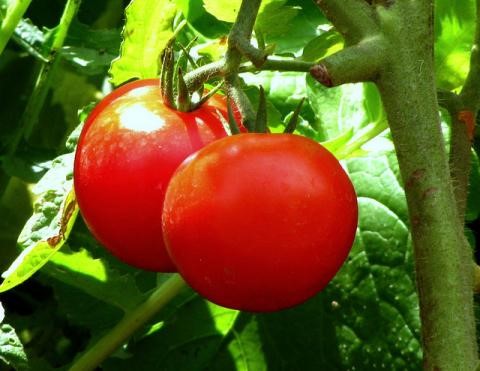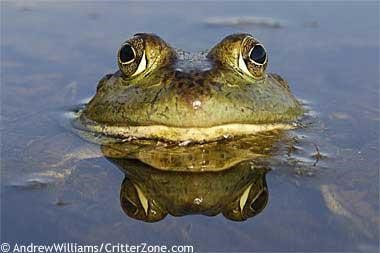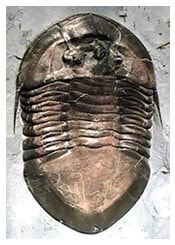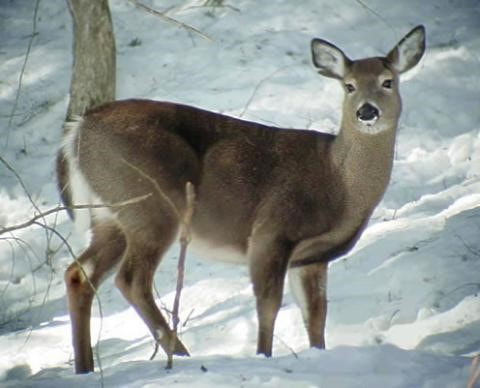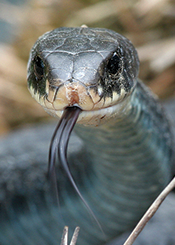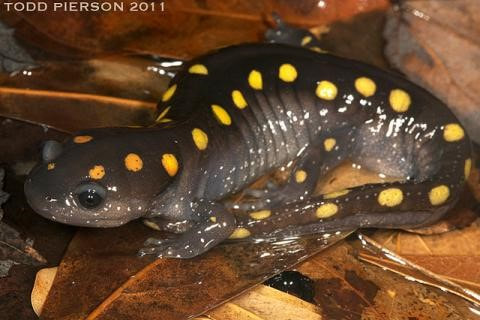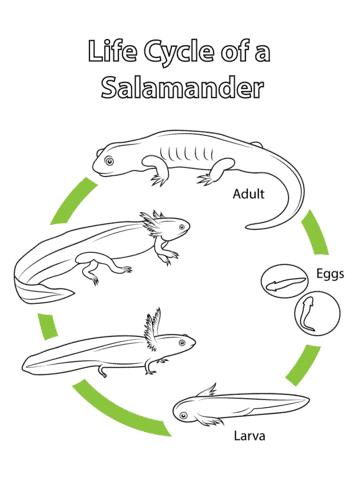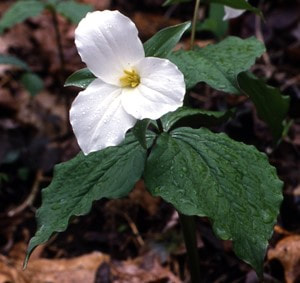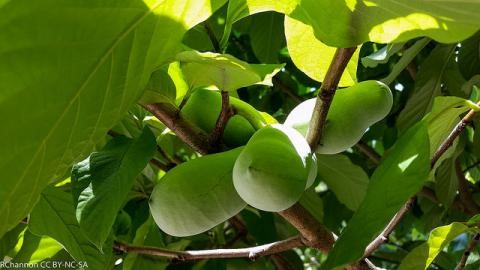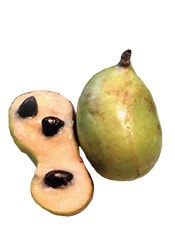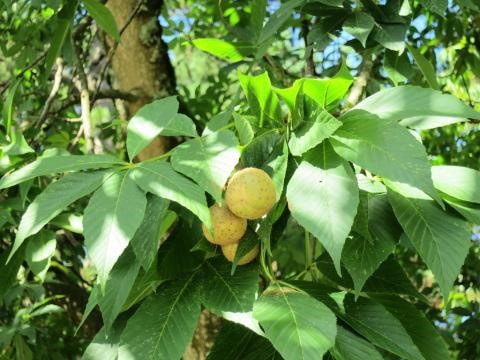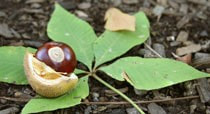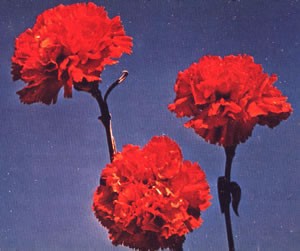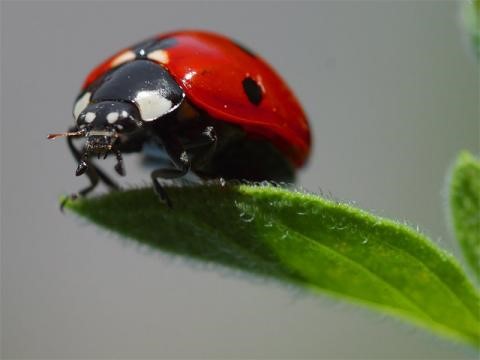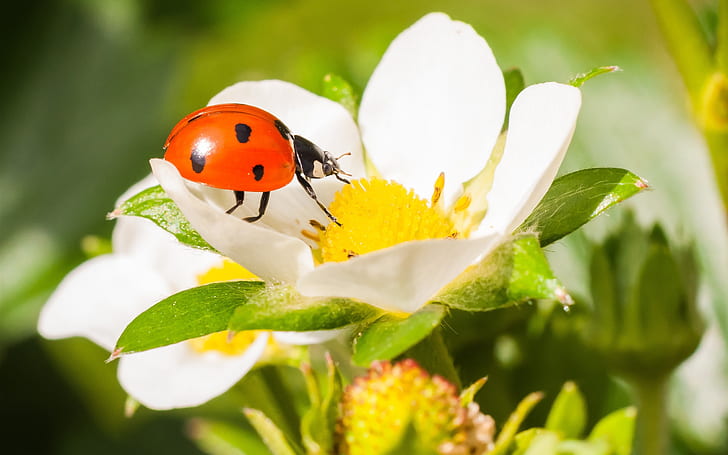|
While we have shared some native plants that serve as Ohio Symbols, there are still more! You probably already know some of them, even if you don’t realize it. Has anyone ever called you a “Buckeye”? That term is a reference to the State Tree of Ohio, the buckeye tree featured in our last blog. Let’s take a look at a few more of our state’s symbols!
1 Comment
3/31/2020 April is Ohio Native Plant Month! The white Trillium, and other Ohio State Symbols, that Are Also Native Plants!Read NowStarting in kindergarten, Ohio students begin learning about the importance of national and state symbols. Here in Ohio, we have many state symbols of significance. From the Ohio state wildflower the White Trillium to the state native fruit the Pawpaw, here are some fun facts about Ohio state symbols that are also valuable native plants!
|
Details
Author:
|
|
|
Contact:PHONE: (513) 695 - 1337
EMAIL: [email protected] HOURS: Monday - Friday 7:30am - 4:00pm (except holidays) Connect:Warren County Soil & Water Conservation District Copyright © 2016
Warren SWCD Privacy Notice. Emails are serviced by Constant Contact. Constant Contact's Privacy Notice. |
